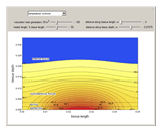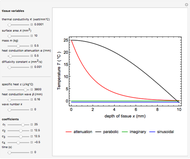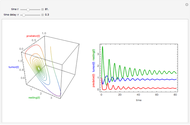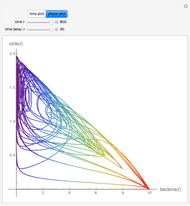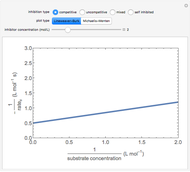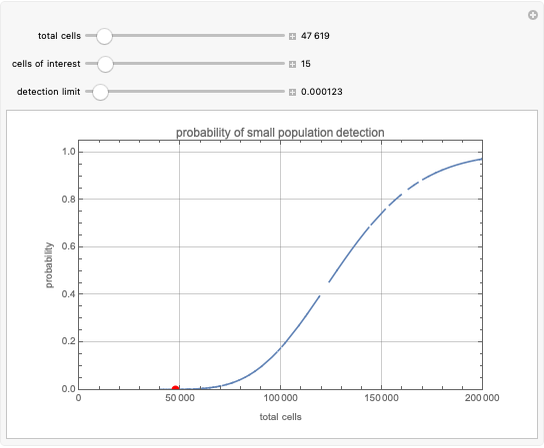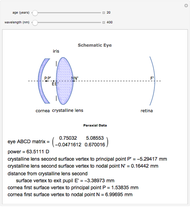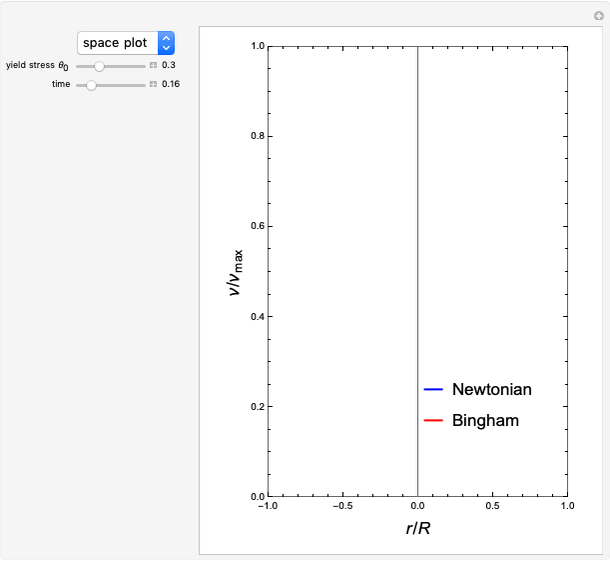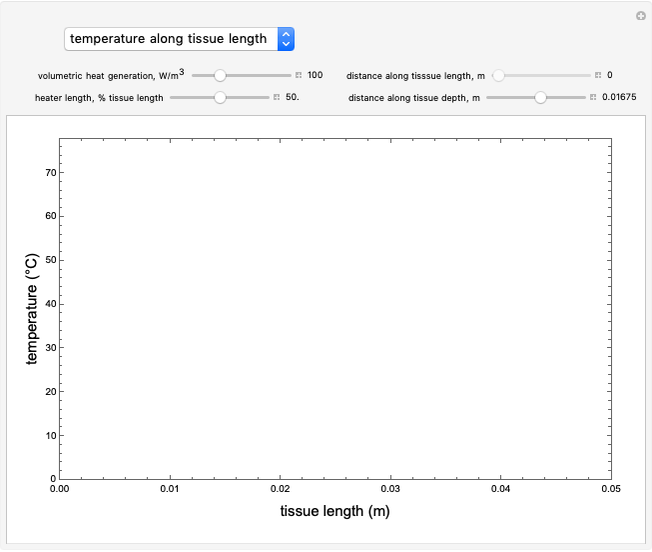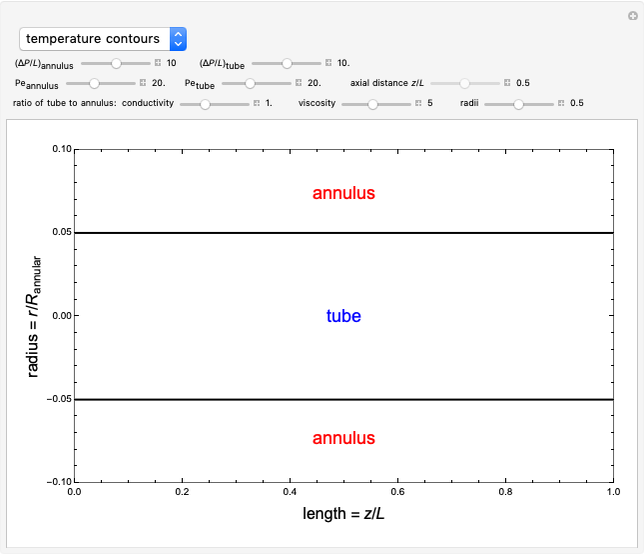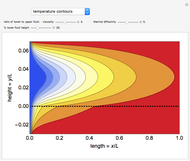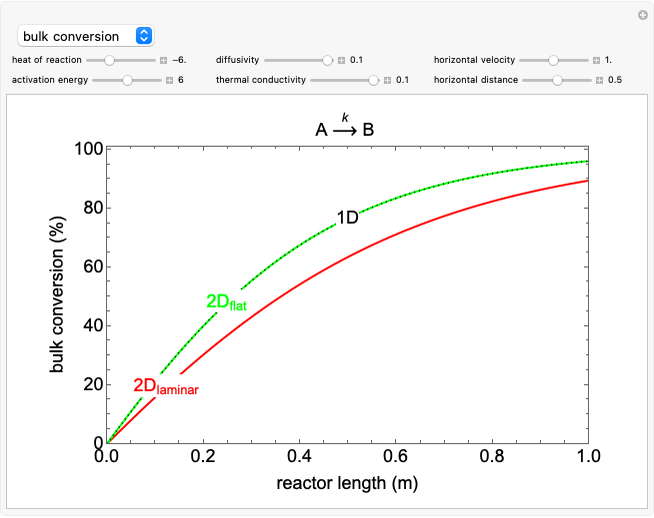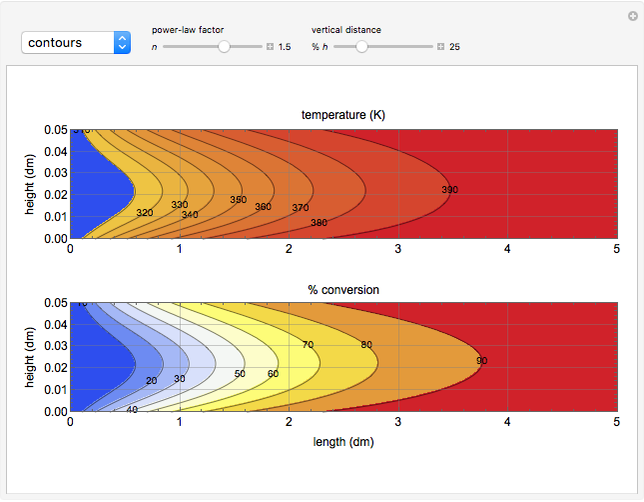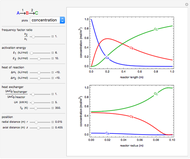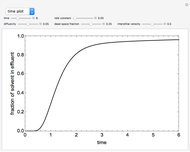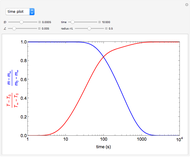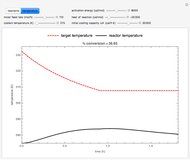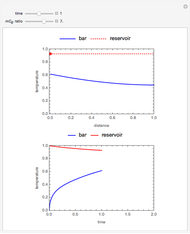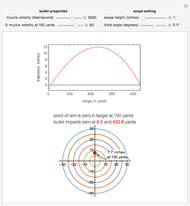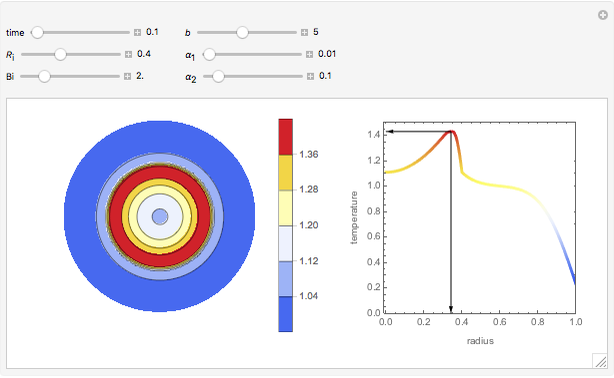Temperature Distribution in Four-Layer Skin Tissue

Requires a Wolfram Notebook System
Interact on desktop, mobile and cloud with the free Wolfram Player or other Wolfram Language products.
This Demonstration models the temperature distribution of four skin layers subjected to an external heat source. Human skin is modeled as a four-layer structure consisting of the epidermis, the dermis, the subcutaneous tissue and an internal tissue. Assume that each layer is homogeneous, and assume that blood perfusion, thermal conductivity and heat capacity are constant in each layer. Assume also that the layers are perfectly bonded to each other to enable a continuous flow of heat across the interfaces.
Contributed by: Clay Gruesbeck (January 2020)
Open content licensed under CC BY-NC-SA
Details
Two-dimensional steady-state heat transfer in biological tissue is governed by the Pennes bioheat equation [1]:

with boundary conditions:
 ,
,
 ,
,

and

Here:
 and
and  are the length and depth of the skin, respectively
are the length and depth of the skin, respectively
 is the length of the heating source expressed as a percent of the skin length
is the length of the heating source expressed as a percent of the skin length
 and
and  are the skin length and depth coordinates, respectively
are the skin length and depth coordinates, respectively
 and
and  represent the skin and blood temperatures, respectively
represent the skin and blood temperatures, respectively
 is the blood perfusion rate per unit volume
is the blood perfusion rate per unit volume
 is the blood heat capacity
is the blood heat capacity
 is the skin thermal conductivity
is the skin thermal conductivity
 is the thermal conductivity of the epidermis
is the thermal conductivity of the epidermis
 is the metabolic heat generation
is the metabolic heat generation
 is the heat generation due to an external source
is the heat generation due to an external source
 is an expression for the quantity of heat and the length of the heat source as a percent of the length of the skin
is an expression for the quantity of heat and the length of the heat source as a percent of the length of the skin
These equations are solved with the built-in Mathematica function NDSolve, using a different set of parameters  for each skin layer.
for each skin layer.
You can vary the intensity and length of the external heat source  and the location in the skin
and the location in the skin  and
and  to determine the temperature distribution of the skin tissue.
to determine the temperature distribution of the skin tissue.
Reference
[1] F. Xu, T. J. Lu, K. A. Seffen and E. Y. K. Ng, "Mathematical Modeling of Skin Bioheat Transfer," Applied Mechanics Reviews, 62(5), 2009 050801. doi:10.1115/1.3124646.
Snapshots
Permanent Citation


